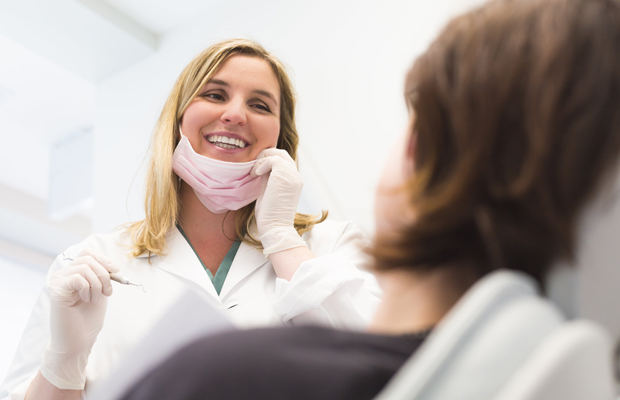
Overwhelming and irrational fear of dentistry associated with devastating feelings of hypertension, terror, trepidation, and unease is termed “odontophobia”. Fear and anxiety toward the dentist and dental treatment are both significant characteristics that contribute to avoidance of dental care.
Signs and symptoms of dental anxiety
Some anxious patients will routinely miss dental appointments, and may find it difficult to undergo dental treatment regardless of whether it is simple or complex. Treating such anxious patients is stressful for the dentist, due to reduced cooperation, requiring more treatment time and resources, ultimately resulting in an unpleasant experience for both the patient and the dentist.
Tips to curb the anxiety before you visit the dentist:
Share your fears. If you're tense or anxious, tell your dentist and the dental staff. Expressing your concerns will help your dentist adapt the treatment to your needs. Trust and communication help lower stress. When you feel informed and in control throughout a visit, you’re typically less anxious.
Focus on breathing regularly and slowly during dental procedures. When people are nervous they tend to hold their breath, which decreases oxygen levels and further increases feelings of panic. A focus on slow, regular breathing helps reduce stress levels. Try deep breathing exercises to help relax tension in your muscles. Count your breaths. Inhale slowly and then exhale for the same number of counts. Do this five times while you’re waiting for your appointment, or during breaks while you’re sitting in the dental chair.
Listen to some tunes. If the sound of the drill bothers you, bring along your favorite music and earphones.
Distract yourself. Occupy your hands by squeezing a stress ball or playing with a small handheld object, like a fidget spinner. Imagine your happy place and visualize yourself at a relaxing beach or garden
Watch what you eat and drink. Avoid caffeine before a dental appointment. Eat high-protein foods which – unlike sugary foods – produce a calming effect.
Use hand signals. Empower yourself by agreeing on hand signals to communicate with your dentist. When you feel uncomfortable, signal the dentist to ease off or stop the procedure.
Choose a low-stress appointment time. Select a time for your dental visit when you’re less likely to be rushed or under pressure. This might mean a Saturday or an early-morning appointment.
Get some good reviews. If you’re looking for a dentist, ask friends and relatives for recommendations. A glowing review about a dentist from someone you trust can help reduce your anxiety.
Severe dental anxiety or phobia may require management with relative analgesia (happy gas), anxiety relieving medication, conscious sedation (twilight sedation) or general anaesthesia.